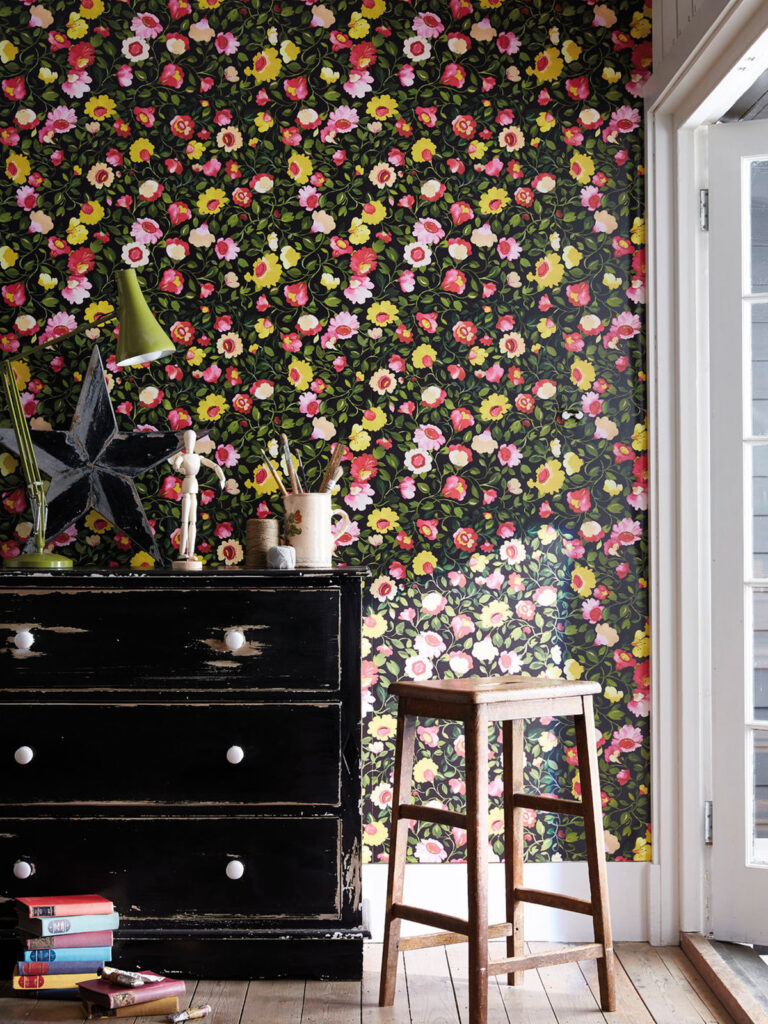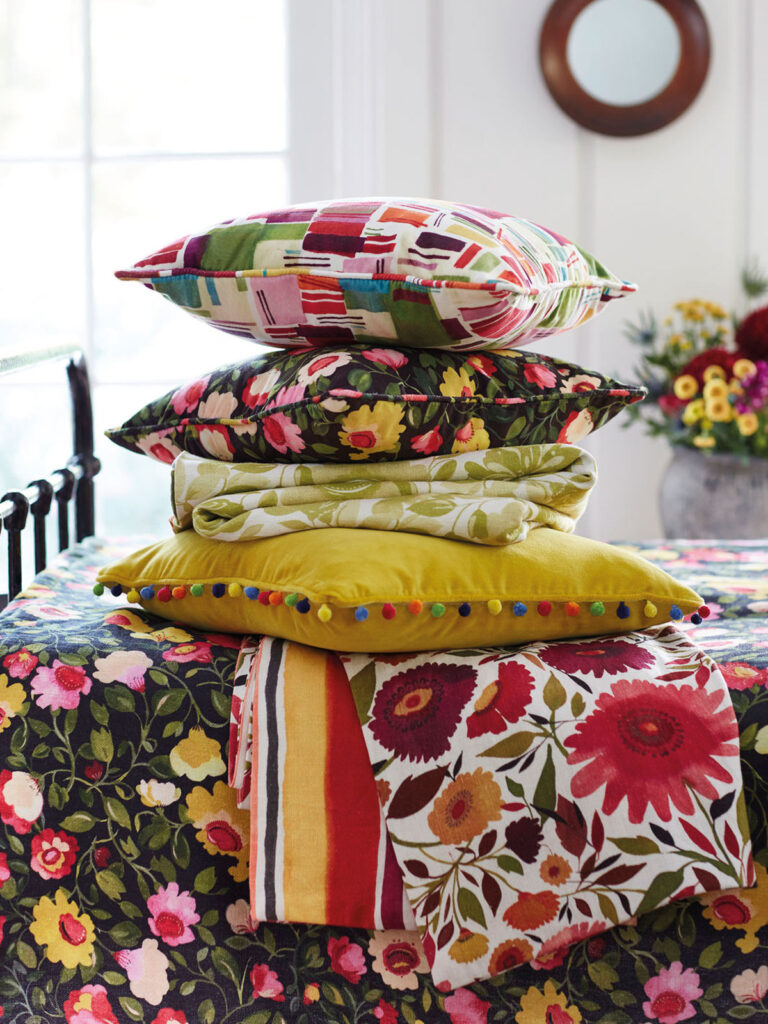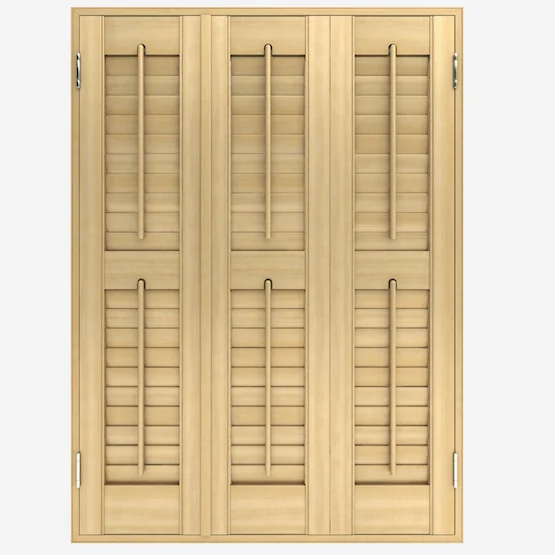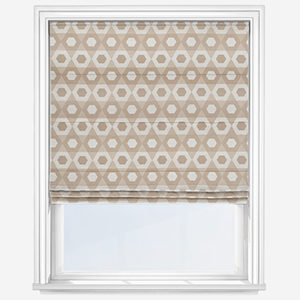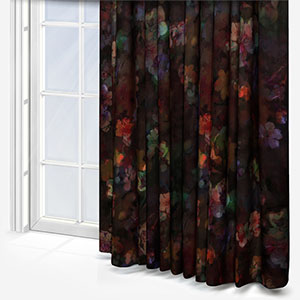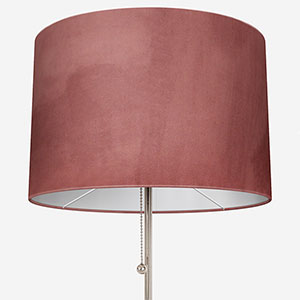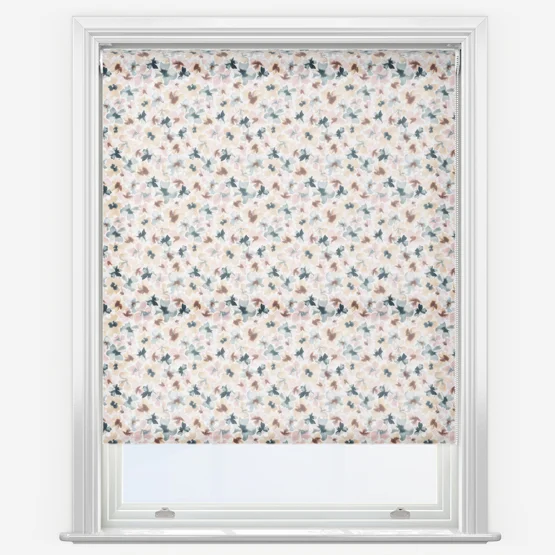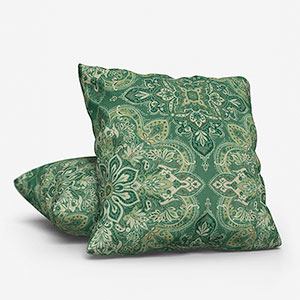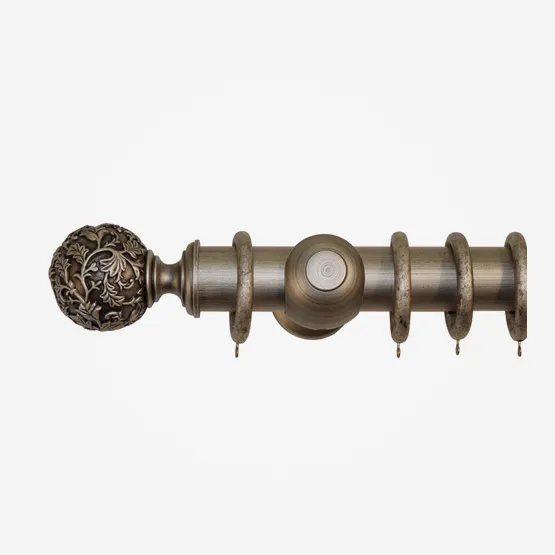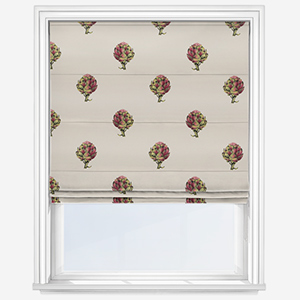
The Return Of Folk Art To Interior Design
For a long time, we’ve focused on modern, cutting-edge trends but there is a style that’s quickly reappearing. Folk art interior design is a trend that reminds us of days gone by. Celebrating the popular cultures of the past, it’s a representation of the things people not only sang but liked to make and do. In this blog, we’ll be taking a closer look at folk and the key principles you can introduce into your décor.
What is folk art interior design?
At the heart of folk art interior design is woven fabric and colour. It’s a democratised form of art enjoyed by thousands across their society and a shift away from ‘high art’ that was the preserve of the rich and powerful. The people behind folk art are seen more as craftspeople rather than artists but their impact on our lives is equally important.
In interior design, folk art is often portrayed with abundant use of colour, pattern, pottery, and embroidery. Moreover, many of the prints found in the world of folk art make great use of natural images. From local plants to indigenous animals, the natural world takes an important place in today’s theme.
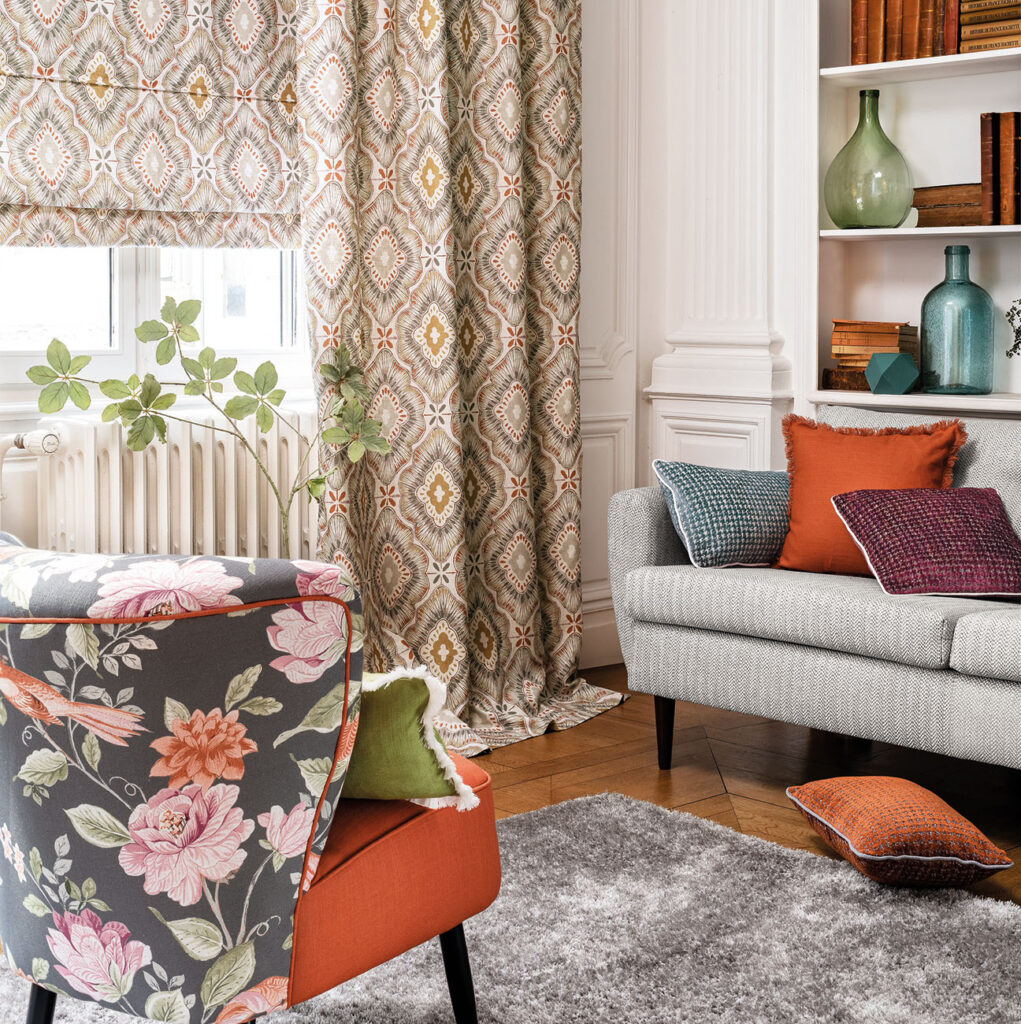
Colours for folk art interior design
For many of the years in which the foundations of folk art have been forming, colours were limited to natural shades. Vibrant or borderline luminous colours weren’t possible and many of the paints and dyes were created from plants.
Natural tones and bright colours
As a result, when looking to add folk art to your space, ensure you’re using natural tones and in particularly joyful, bright colours. Colours including mustard yellows, berry reds and energising greens are perfect to make the most of folk art.
Soft neutral colours
Soft neutral colours can be used as a way of breaking up your pieces, but its best to be used sparingly. Colour is after all the heart and soul of today’s topic. Neutral colours to consider are off whites, creams, and even pale browns. Pure white is a little too much, especially in relation to soft furnishings.
Patterns for folk art interior design
Supporting colour is a pattern. Since there is an arts and crafts feel to folk art décor, it’s important to remember form and shape, and few things can capture those looks better than patterned window furnishings.
Animal themed patterns
As we’ve already mentioned, animal themed patterns are a perfect addition to this trend especially those that make excellent use of fun colours. Whether the animals you pick are domesticated or wild roaming, adding a little touch of the wild to your décor is always a good idea!
Geometric patterns
Beyond the calls of the wild, you can also introduce geometric patterns into a folk art space. Again, keep to exciting colours but also consider sharp angles. Circles and soft shapes look fantastic, but they don’t really contribute to this trend. Diamond shapes, zig zags and stripes however contribute magnificently.
How to use folk art patterns in the home
Consider adding these patterns to Roman blinds or roller blinds to create a folk art focal point in your space. The angular nature of these stylish window furnishings will also add to the overall aesthetic we’re looking to create. Beyond the window, stylish patterned cushions are also a sophisticated way of enriching your interior.
If you want your folk art journey to take more of an international approach, read our Looking To The Future: Global Nomad Style blog for further relevant information.
Folk art inspired materials
Material is the final consideration to take into account. As this today’s topic is a reference to art of the people, its important to think about which materials reflect that.
Velvet, for example, has for decades been a material of the rich. It’s been worn by princes and lords for centuries and hardly represents the history “of the people”. Wool and linen however are excellent materials to use in your folk art space.
While these materials may have been avoided by queens and nobles, they are none the less durable, quality, and fashionable materials which you can use to great effect!
Our blinds and other home furnishings are made by hand in the heart of West Yorkshire. Our talented craftspeople are committed to providing only the finest products for you to enjoy for years to come.



